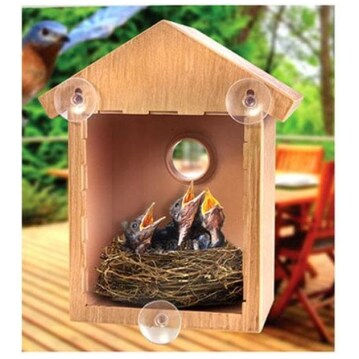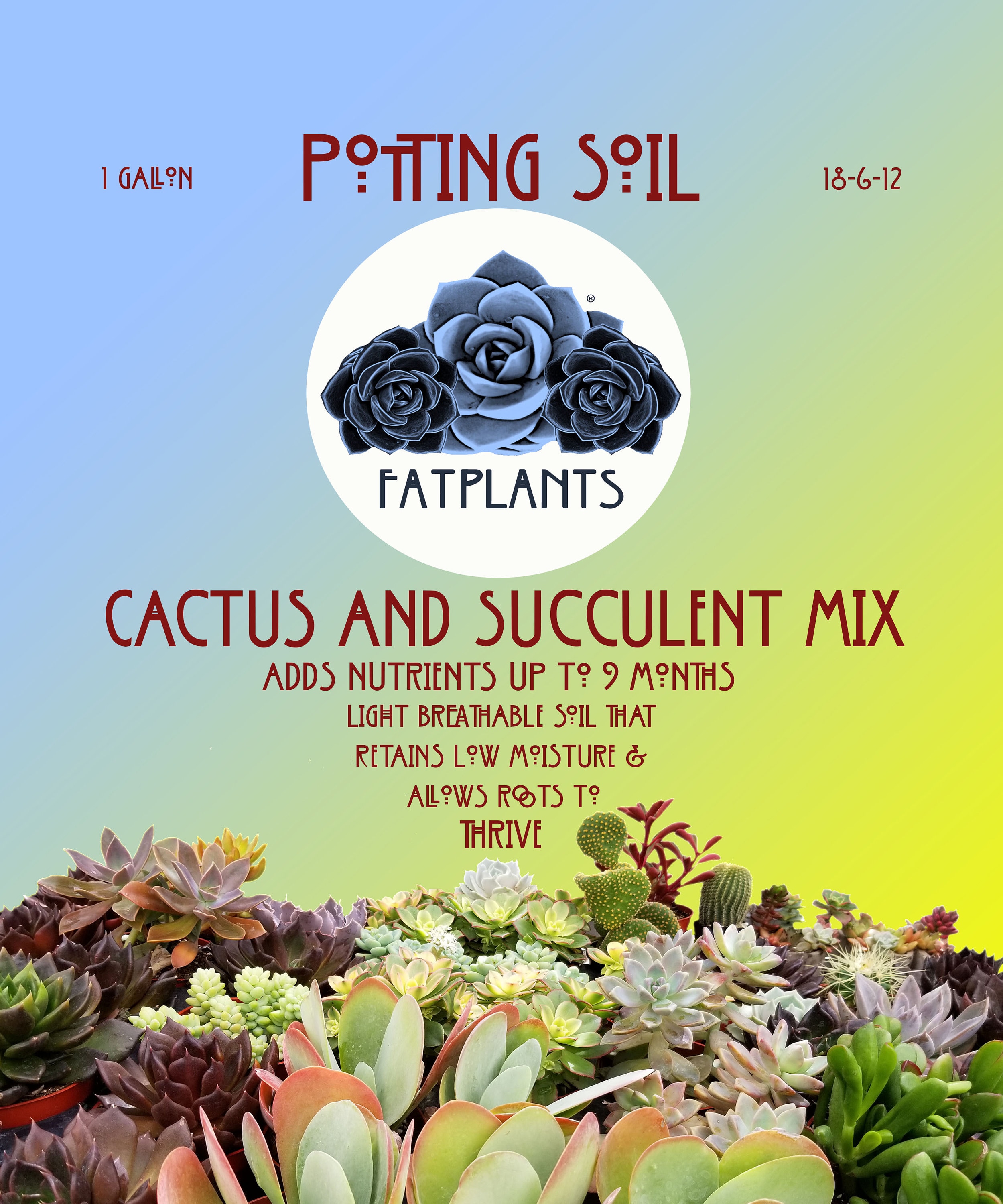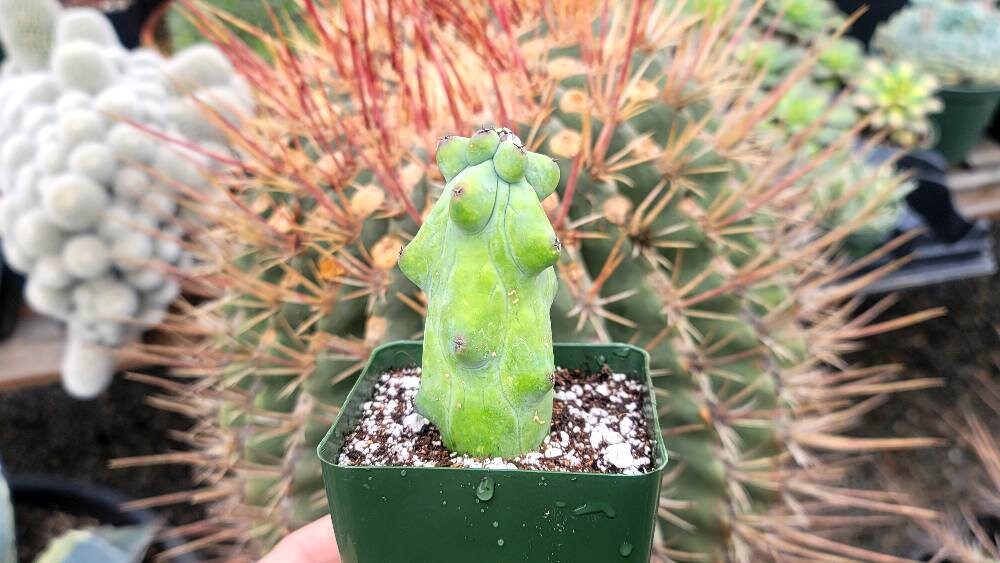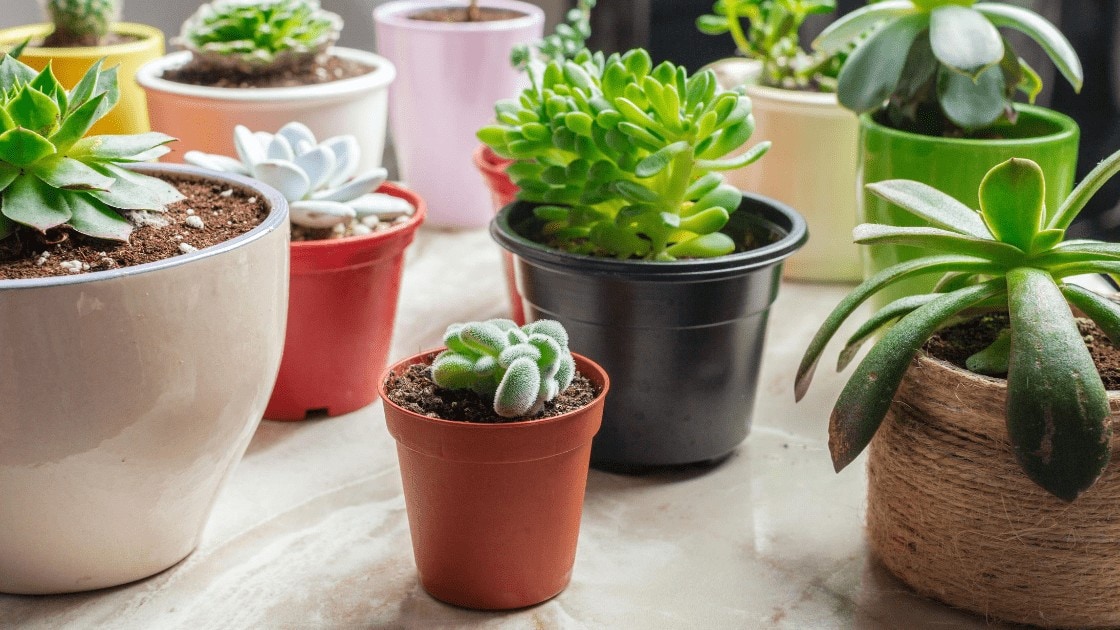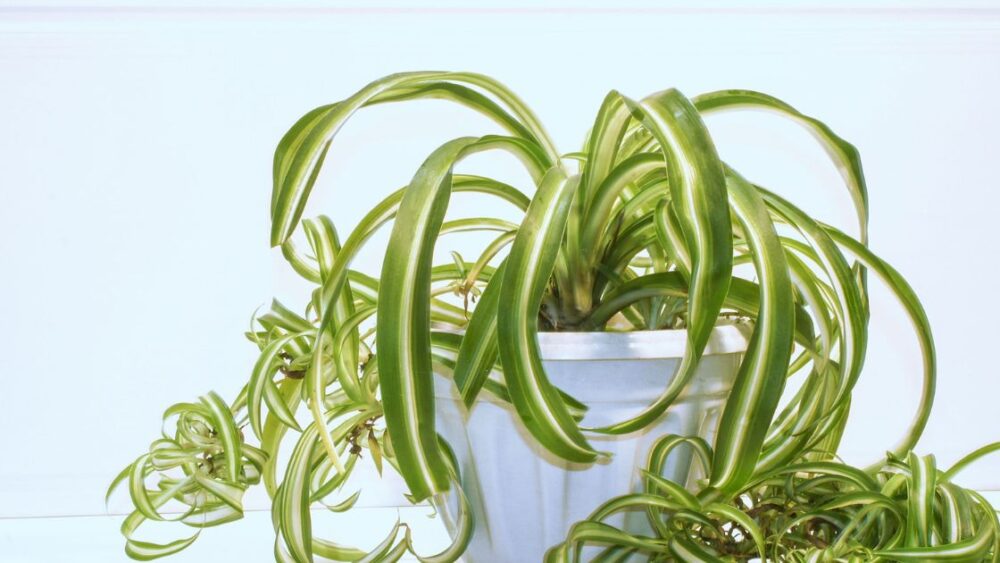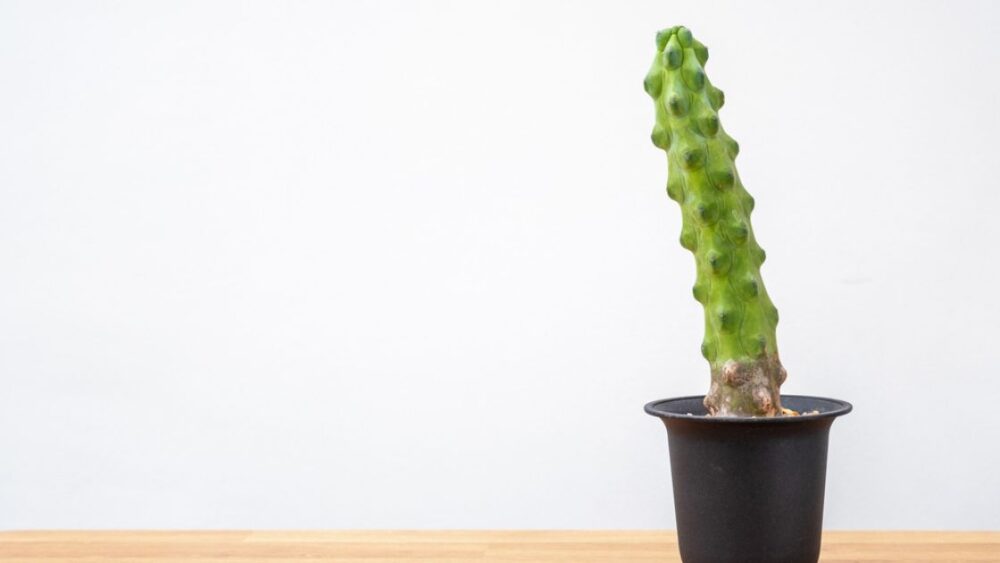
The monstrous cultivar of Myrtillocactus geometrizans Fukurokuryuzinboku, known as the “Boobie Cactus,” has more unusually formed ribs and areoles that mimics and gives the impression of small breasts. For these reasons, it is also known as the “Titty Cactus” or “The Boobie Cactus.” Boobie Cactus is a hard-to-come-by plant only sold by specialized and online cactus nurseries, but is readily available online. In this article, we will discuss this fascinating cactus and how properly care for and provide the right growing requirements.
Are Boobie Cactus Easy to Care for?
Boobie cacti, like many succulents, require relatively little maintenance due to their hardiness. Cacti are drought-hardy and don’t need a lot of water. They prefer bright sunshine and well-draining potting soil.
Browse our Affiliate Products
Generally, cacti are succulents that are simple to grow and challenging to kill. They demand very little water and care. In a pot or planted straight in the ground, the Boobie Cactus thrives. They are a beautiful complement for any patio, garden, or outdoor area. A container-based cactus can be moved indoors for the Winter in colder climates. There is no immediate need to plant your new Cactus after receiving it. Put your new plant in a tray, move it to a shaded area, and water it when dry to preserve it for a while. Because of this, you’ll have plenty of time to choose the best spot for your new Cactus.
In order to grow this Cactus, you simply need to provide the right amount of water at the right time. Hence, we can say that Boobie cacti are simple to develop and care for.
- For more information on other types of cactus, click here to view our other article: Cactus Articles.
- Also for another unique type of cactus, check out our brain cactus article: Brain Cactus General Care and Requirements
Boobie Cactus Care and Requirements
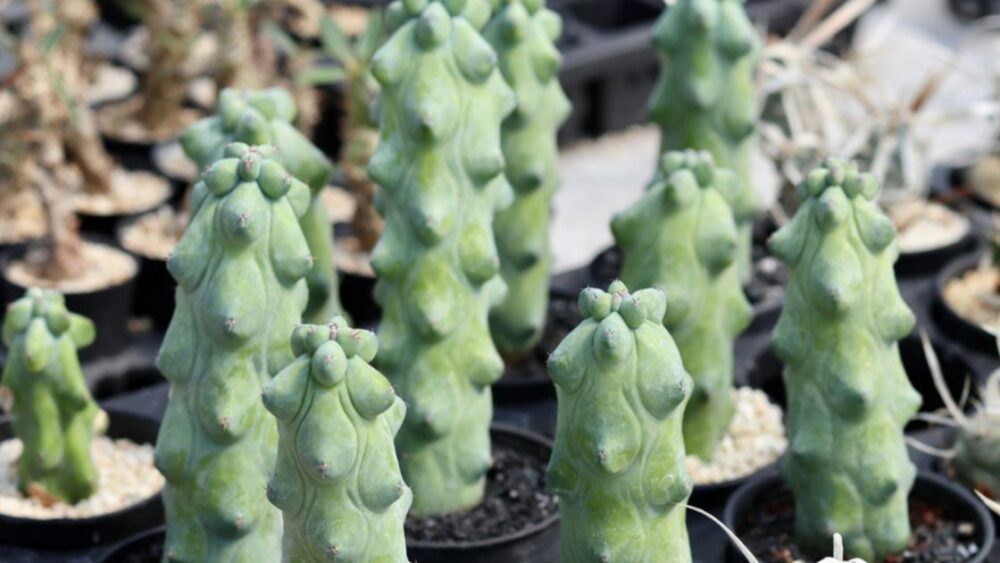
As discussed above, this Cactus is a low-maintenance plant that does not require a lot of water. Before you give the soil another water:
1. Wait until it dries out.
2. In the Winter, keep the soil dry.
3. In the Spring and summer, give it exceptional cactus food once a month.
Common Name
The common names of Boobie Cactus are Boob Cactus, Boobsie Cactus, Breast Cactus, Titty Cactus, and Blue Candle Cactus.
Scientific Name
The scientific name of Boobie Cactus is: Myrtillocactus geometrizans Fukurokuryuzinboku.
Growth Cycle
Your titty cactus will likely show new growth within a month or two if the weather is pleasant and warm and the days are long (essentially, Spring and summer). The type of soil, sunlight, temperature, and other variables will all have a significant impact on Boobie’s growth rate. A few leaves are frequently clipped before shipping to reduce transpiration and stress during transportation.
Sunlight Effect
This Cactus prefers a sunny location, but when the plants are still small (less than 3 inches tall) or if they are taken as cuttings, it is best to place them in a position that receives less sunlight. However, once the cuttings have fully rooted and the plant is taller than 3 inches, it loves to be placed in a sunny location as long as adequate ventilation is available.
It is possible to place a shade cloth over the window to permit indirect sunlight to reach the plant if grown amid the summer on a mainly sunny south-facing window. This will stop the stem from scorching or becoming yellow.
Watering
Due to their hardiness, boobie cacti are similar to other succulents in that they require little maintenance. In the Spring and summer, water frequently, but in the Winter, keep the soil dry and only water when necessary to prevent the plant from wilting. You can water them once every two weeks throughout the summer and wait for the soil to dry before watering them again.
Adult Size
It is a Japanese cultivar with a maximum height of 4.5 meters (178 inches) and a maximum diameter of 10 cm ( 4 inches ).
Planting Zones
Zones 9b to 11 are best for growing outdoors; check your zone here. For this Cactus, 80–100% sunshine is necessary. Depending on where you are, full sun is frequently the best., Boobie cacti should be moved indoors or covered during the Winter in the northernmost part of their growing zone.
Weather Hardiness
Myrtillocactus geometrizans Fukurokuryuzinboku cannot tolerate frost and must be kept above 10 degrees Celsius / 50 degrees Fahrenheit in the Winter. Many growers argue that they can tolerate lower temperatures if kept completely dry, but I don’t see it this way.
I would not recommend it because Myrtillocactus tends to scar and scab and, in the worst-case scenario, rot in cold temperatures during the Winter season when they are inoperable, particularly in the climate in Ireland and the UK, where the relative humidity is very high outdoors in Winter. Depending on the region and country where you live, these plants may be able to tolerate lower temperatures in Winter but avoid frost at all costs.
Propagation Of Boobie Cactus
Myrtillocactus geometrizans Fukurokuryuzinboku is propagated through spring and summer cuttings. Before potting up as cuttings, cuttings must thoroughly dry (callus) for a few weeks or longer, or until a hard, white callus has developed at the root of the cut. If your summers are cool and wet like in Ireland and the UK, cuttings of these cacti need hot temperatures above 18 Celsius / 65 Fahrenheit to root successfully. Additional heat from a heating pad can aid root these cuttings.
Myrtillocactus geometrizans Fukurokuryuzinbokus should not be propagated from seeds since it is a monstrous variation of the original Myrtillocactus geometrizans, and any seeds that are sown will grow into typical Myrtillocactus geometrizans cactus plants without developing the small “breasts.”
Toxicity Of Boobie Cactus
It is preferable to keep this Cactus out of the reach of pets since, while it usually is not harmful, it occasionally causes stomach problems in animals. Although the plant’s fruits are edible, the plant itself has psychedelic properties. One of the most significant hallucinogens known to man, mescaline, is present in it.
Dormancy
Winter is an excellent time to move your plant to a spot with solid indirect light so it can go dormant. In the Spring and summer, World of Succulents advises fertilizing your boobie cactus once every three weeks with a cactus-specific fertilizer.
Soil
These cacti require very well-draining cactus soil since rotting will be encouraged by soil that is too moist for too long. High-quality well-draining cactus soil is required. Instead of any other sort of houseplant soil, choose a succulent mix. I like to blend three equal parts of loam, sharp horticultural sand, and grit to create my cactus soil for these cacti.
- To view our succulent and cactus soil affiliate product category, click here: Cacti & Succulent Soil
- Also if your interested in fertilizers for succulents and cactuses, Click here: Cacti & Succulent Fertilizers
Bloom
Geometric Myrtillocactus When fully grown, Fukurokuryuzinboku will bloom and reach a height of about 60 cm ( 24 inches ). The little, white flowers bloom in the Spring.
Fertilization For Boobie Cactus
Fertilize lightly, a few inches from the base, every three years with a slow-time released product to aid in the establishment of your new Boobie Cactus. They will often develop more slowly if they are not fertilized.
Note: The heavy salts in less expensive fertilizers may harm the plant’s roots and even cause it to die. Make sure you use a brand you are familiar with and feel confident about.
Boobie Cactus Common Problems
Overwatering, improper sunlight, and heavy salts are some of the most common problems with Boobie Cactus. Overwatering can also cause bacterial or fungal diseases in the cacti, and they occasionally get insect pests.
What To Do If Your Boobie Cactus Is Dying?
In the Spring and summer, water frequently, but in the Winter, keep the soil dry and only water when necessary to prevent the plant from shrivelling. The boobie cactus has to be kept in a spot with lots of direct sunlight during the growing season.
Final Thoughts
The boobie cactus is appropriate for rock gardens and xeriscaping. It will be the focus of a cacti-only garden due to its distinctive shape and color, and it will also look fantastic with other kinds of shrubs and perennial flowers.
In any well-lit space indoors, boobie cactus will quickly develop, and they won’t cause any trouble, not even for a novice gardener. Avoid overwatering Blue Candle cacti, maintain them in moderately warm environments, and make every effort to keep them out of drafts if you want to keep them healthy and happy.

